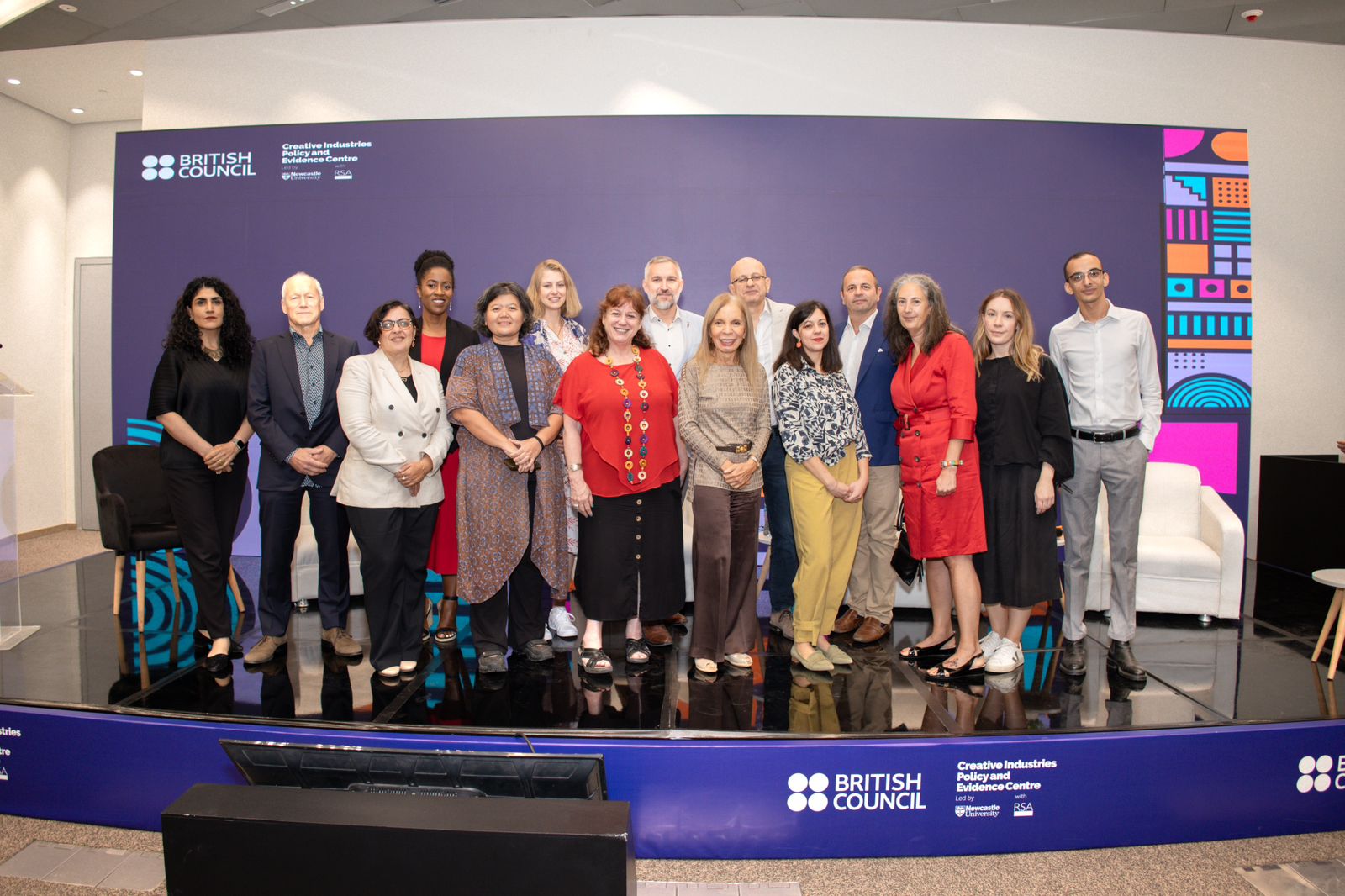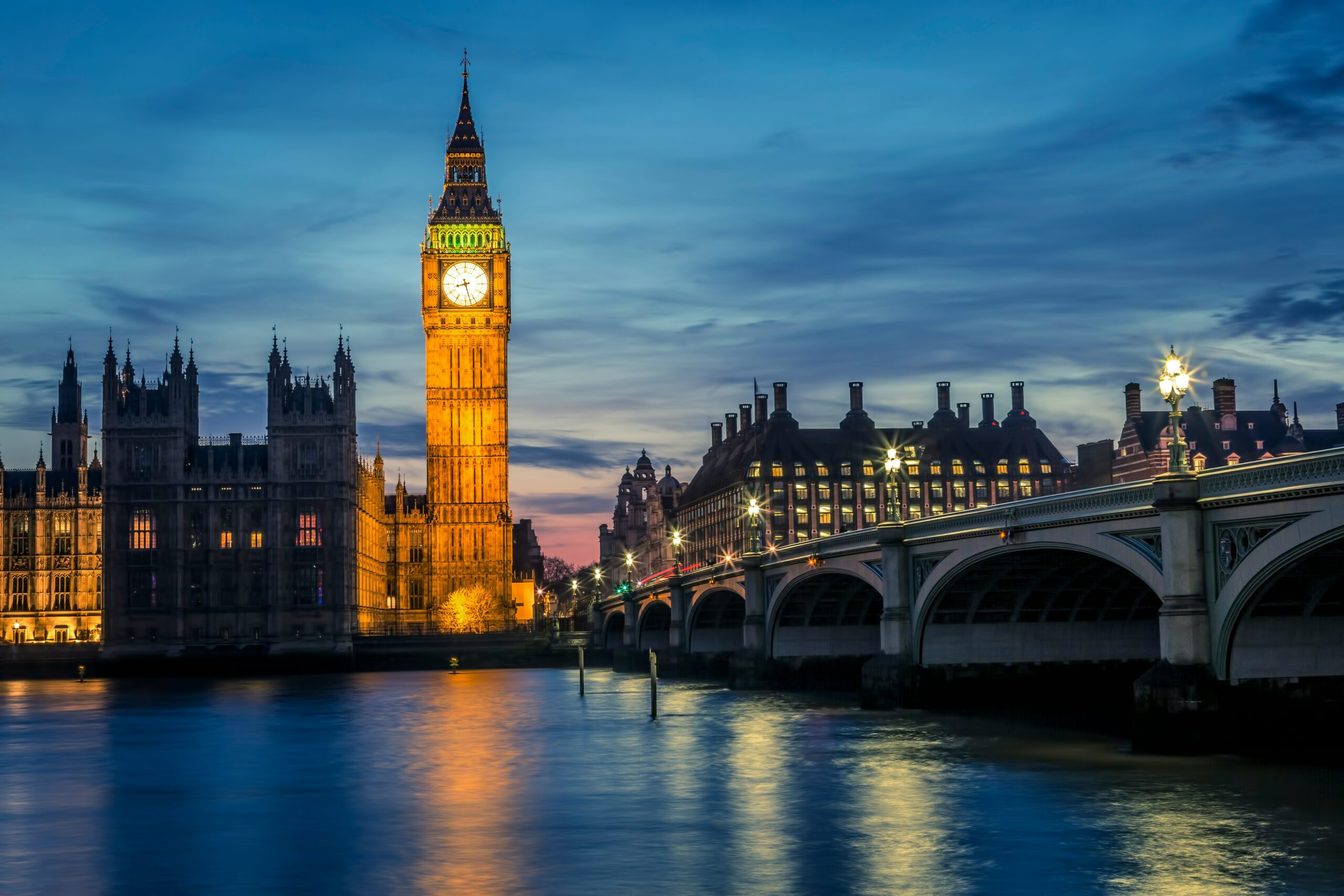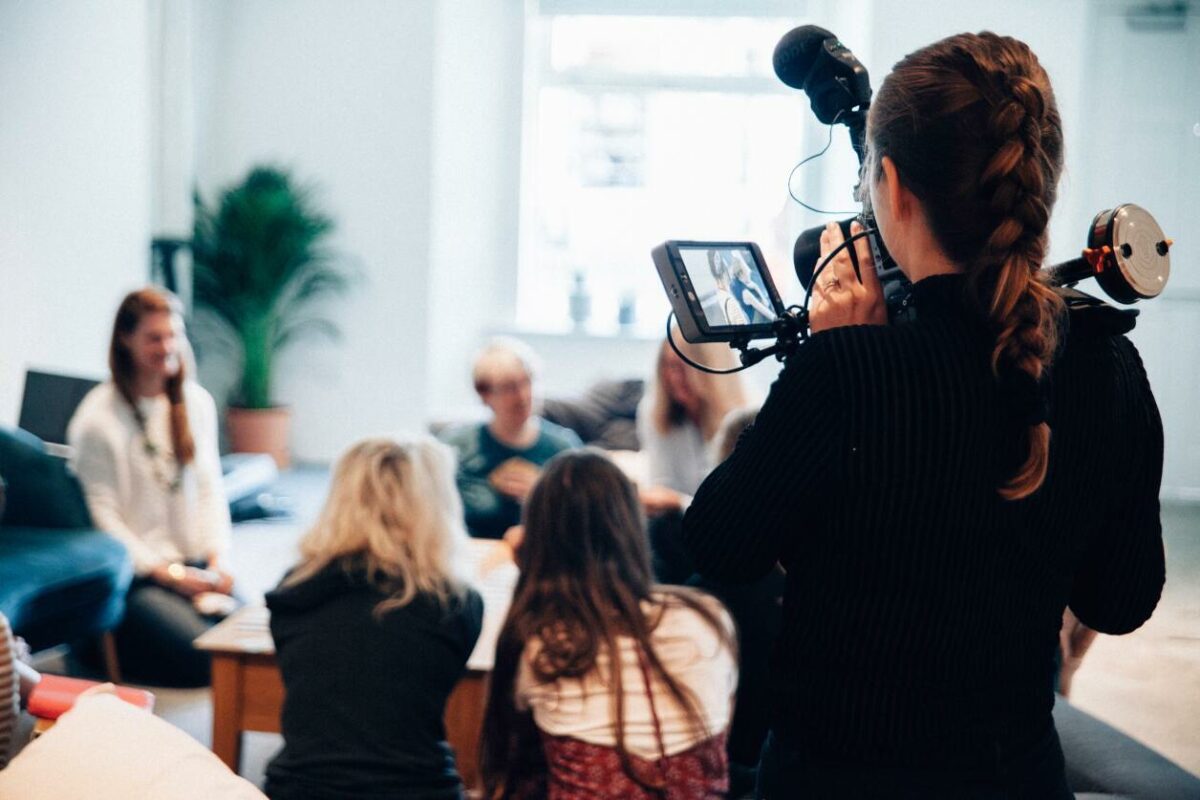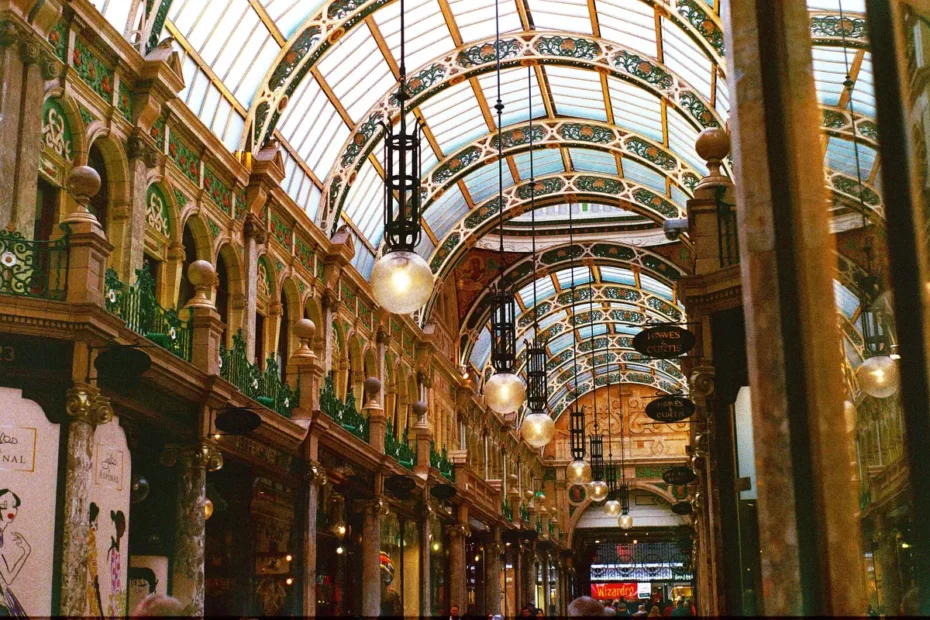I was recently reminded of a ‘think piece’ that I wrote in 2005, for the then Department of Trade and Industry (now BEIS), on the role of design in business performance. In it, I quoted approvingly Alan Topalian, a long-time design advocate, as stating that “All organizations – bar none – use design. No product, service or process can be introduced without design”. I thought that was true at the time, and still I think it is true today. On this at least, I am in good company. The late Herbert Simon wrote “everyone designs who devises course of action aimed at changing existing situations into preferred ones”. This is not to say, of course, that all organisations use design well, or that every organisation uses the skills and insights of trained designers or professional design consultants.
One of the paradoxes of design is that while it is everywhere, it is often unrecognised. In 2016 the European Commission sponsored a survey which asked firms about, among other things, their use of design.
Among the 13,000 firms responding, only one in eight (12%) considered that design was a central element in their strategy, and about one in five (18%) considered it to be an integral, but not a central element of their development work. Another one in six (17%) stated that they used design, but not systematically. Combined, this makes is less than half the firms. Among the other half, a small number of respondents (2%) did not know about their company’s use of design, while one in seven (14%) recognised that they used design, but only as a last finish to enhance the appearance or attractiveness of their final product. 37%, meanwhile, declared that ‘design is not used in this company’.
Design has attracted relatively little, but now growing, interest from economists and scholars of innovation. My own interest dates back to my PhD, undertaken in the early to mid-1990s, for which I undertook a study of award winning innovations. I naively combined into a single dataset the innovations that had won the Queens Award for Technological Achievement with the new products that had won the British Design Award. They were not the same! As one respondent to my survey pointed out: “Your questionnaire often refers to technological developments, R&D and innovation, and whilst this is very frequently applied to a new product, it is distinct from ‘good design’. Do you consider the British Design Awards for design or technology?”
Much more recently I read “the Creative Economy” speech given at the Glasgow School of Art by Andy Haldane, the Chief Economist at the Bank of England. Haldane highlights that imagination and creativity are what separates humans from other animals; they are “wellsprings of improvements in economies and societies”. For me, imagination and creativity are central to design (although also not exclusive to design!). Design involves the human ability to separate imagined situations or futures from existing realities; to generate multiple possible alternatives; to conceptualise better situations; to think ‘what might be?’ Imagining without action is, as Haldane observes, day-dreaming. What sets humans apart is our ability to generate our imagined futures; to create alternatives in our individual and collective minds, and then select among those, deciding which to ‘make real’. This, for me, is the essence of design.
One reason why design is often unrecognised is there is widespread confusion as to what it is. As the results of the European Commission survey reported earlier indicate, many people think design is (only) about styling. The contrast with R&D is illuminating. The standard approach to identifying and measuring R&D was first developed in the early 1960s. The story goes that an international group of National Experts on Science and Technology Indicators (NESTI) met at the Villa Falconieri in Frascati, Italy to discuss defining research and experimental development. A background document had been prepared by Chris Freeman, later the founding director of the highly influential Science Policy Research Unit (SPRU) at the University of Sussex, where, incidentally, some thirty years later I did my PhD. Discussions, apparently, did not go well; there was no agreement. The group then broke for dinner, consumed substantial quantities of wine and rapidly came to agreement. Some proposed that ‘design’ be included alongside research and experimental development, making ‘RDD – Research, Design and Experimental Development’ rather than R&D. Unfortunately insufficient wine, or perhaps grappa, had been consumed to agree a definition of design, so it remained in the ‘too difficult to define’ box.
The “Frascati Manual” which defines R&D is now in its seventh edition (published 2015). It runs to 402 pages, which demonstrating that R&D is hardly easy to define and measure. Design is partially included and partially excluded from R&D; the Manual recognises that they are difficult to separate. Certainly some design is accepted as qualifying as experimental development. It is not, however, explicitly identified and therefore remains hidden. And, unlike investments in R&D, there are no official statistics on design and design investments. The Design Council has used existing statistics to estimate that in 2016 the design economy contributed £85 billion in gross value added to the UK economy, directly employed 1.7 million people, and grew by 52% between 2009 and 2016.
What has this to do with the ‘creative industries’? Well, the two largest of the Design Council’s design-intensive industries are also ‘creative industries’, as defined by the DCMS. These are architectural activities and specialist design activities. According to the Office for National Statistics, the architecture industry directly employs around 80,000 people and generates around £6.3bn in value added. Specialist design activities, meanwhile, employ around 55,000 people and generate around £3.8bn in value added.
One might argue that the architecture industry in the UK is relatively strong, and that the market for architecture functions reasonably well. Among other economic indicators of it strength are its exports valued at half a billion pounds, compared with imports of around 40 million. The design industry, on the other hand, is arguably under-performing. In particular, I believe there is a huge opportunity to apply design to services, and experiences, both through in-house design activities and through the employment of design consultants. And notably some UK consultancies, including Engine Service Design, Live|Work and ThinkPublic pioneered the application of design to services from the early 2000s.
Services are a messy category, but the UK economy is around 85% services. This provides an enormous space which is ripe for the application of ‘design thinking’, and more specifically service design. Services do very little R&D; they also engage in little explicit design. There is huge potential here.
In my role at the PEC’s research director I will be overseeing the full breadth of our research activities. Much of my own personal research and policy interest will be in design, and the design-industries. If you share this interest, please do get in touch.
For anyone unfamiliar with design, I suggest that a great place to start is with “Design: A very short introduction” by the late John Heskett. An accessible introduction to innovation by design is provided by Tom Kelley’s “The Art of Innovation”. Kelley is a partner at IDEO, one of the world’s leading design consultancies. Tim Brown is IDEO’s Chairman and CEO, and the author of “Change by Design”, which provides as introduction to ‘design thinking’. If you want a short introduction then Brown’s Harvard Business Review articles is a good place to start.
There is of course a huge number of academic works on design. Where to start? Nigel’s Cross (“Designerly Ways of Knowing”) and Bryan Lawson (“How designers think”) provide great insight into design cognition and attitude. I also enjoy and recommend histories of design, including books by Jonathan Woodham (including “Twentieth Century Design”) and Jeffrey Meikle’s (“Twentieth Century Limited”).
Suggested reading
Brown, T. (2009) Change by Design, New York: Harper Collins
Brown, T. (2008) Design Thinking, Harvard Business Review, June, pp.84-92
Cross, N. (1982) Designerly Ways of Knowing, Design Studies, 3(4), pp.221-227
Design Council. (2018) The Design Economy 2018. Available at: https://www.designcouncil.org.uk/resources/report/design-economy-2018 [ Accessed March 2019)
Haldane, A. (2018) Creative Economy, The Inaugural Glasgow School of Art Creative Engagement Lecture, available at: https://www.bankofengland.co.uk/-/media/boe/files/speech/2019/the-creative-economy-speech-by-andy-haldane.pdf?la=en&hash=4A3B2C4C6F810E5F16BE72A6990C37C7C59CF4BA [Accessed March 2019]
Heskett, J. (2005) Design: A very short introduction, Oxford: Oxford University Press
Kelley, T. (2002) The Art of Innovation, London: HarperCollinsBusiness
Lawson, B. (2005) How Designers Think: The Design Process Demystified, 4th Ed, Oxford: Routledge
Meikle, J. (2001) Twentieth Century Limited: Industrial Design in America 1925-1939, 2nd Ed, Philadelphia: Temple University Press
OECD, (2015) Frascati Manual, available at: http://www.oecd.org/sti/inno/frascati-manual.htm [Accessed March 2019]
Simon, H. (1996) Sciences of the Artificial, 3rd Ed, London: MIT Press
TNS Political and Social. (2016) Flash Eurobarometer 433: Innobarometer 2016 – EU business innovation trends. Available at: https://ec.europa.eu/commfrontoffice/publicopinion/index.cfm/ResultDoc/download/DocumentKy/73870 [Accessed March 2019]
Woodham, J. (1997) Twentieth Century Design, Oxford: Oxford University Press
Related Blogs
Island in Transition: The Journey from Reggae Music Mecca to Creative Economy Hub
Andrea Dempster Chung, Co-founder and executive director of Kingston Creative A blog from Creative P…
UK engagement in Central Asia: Education and the creative economy in the territories of the ‘new Silk Roads’
Dr Martin Smith and Dr Gerald Lidstone look at the history of the British Council's work in Central …
Creative Industries in Egypt: An Overview
Omar Nagati – GCEC Member and Co-Founder of CLUSTER – outlines the findings of a study into the crea…
Introducing the Global Creative Economy Council (GCEC)
Hasan Bakhshi and Rehana Mughal explain what the GCEC is trying to achieve and how the network will …
Global Creative Economy Council: An introduction from the Chair
John Newbigin introduces Creative PEC's Global Creative Economy Council
Creative PEC’s response to the Spring Budget 2024
Creative Industries in the 2024 Spring Budget The creative industries are a significant part of the …
Copyright protection in AI-generated works
Timely exploration of copyright law and AI generated creative content
The economic value of cinema venues to their communities
In a tough economic climate for cinemas and where there is limited public funding, it is important t…
Creative diversity in higher education
As the APPG for Creative Diversity launches their annual report, ‘Making the Creative Maj…
Estimating the Contribution of Arts, Humanities and Social Sciences (AHSS) R&D to Creative Industries R&D
The UK’s creative industries are hugely innovative; PEC research has suggested that over two-th…
The Media Bill and the future of Public Service Broadcasting policy
In March the government published the first draft of its long-awaited Media Bill. The Bill prop…
Creative spillovers: Do the creative industries benefit firms in the wider economy?
The creative industries are a force for innovation in the UK. Firms in the creative industries (CIs)…












